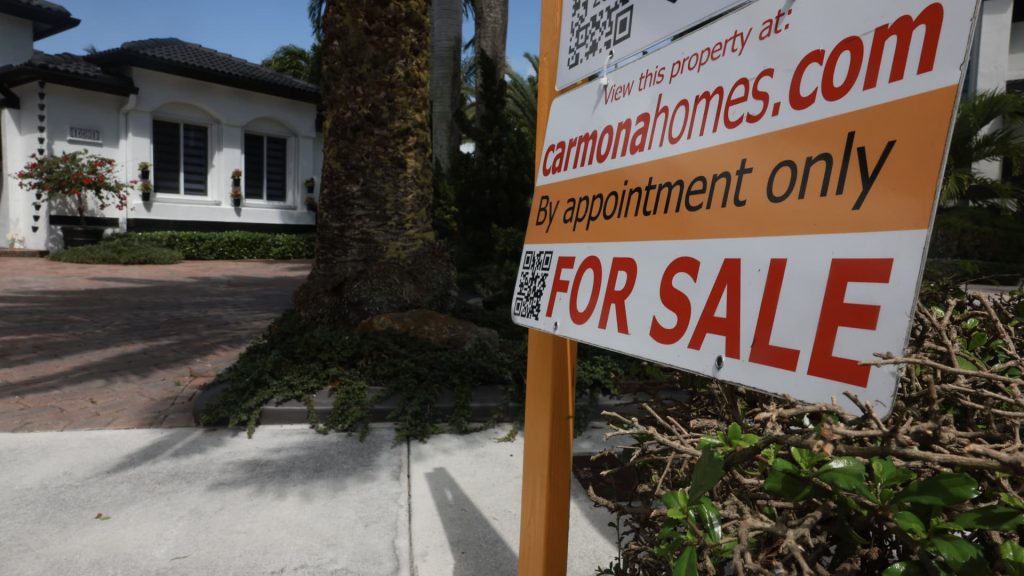The spring housing market has started, but mortgage demand is stagnant, with application volume dropping by 0.7% compared to the previous week. The average contract interest rate for 30-year fixed-rate mortgages also decreased slightly, with points dropping as well. Refinancing activity fell by 2% for the week and is 9% lower than a year ago. Mortgage rates remain higher compared to last year, dissuading recent borrowers from refinancing. Home purchase applications also decreased slightly, with buyers waiting for lower mortgage rates and more listings to become available. Mortgage rates are expected to slowly rise towards 6% by the end of the year.
Mortgage rates have been relatively stable at the start of the week and are unlikely to change until the release of more economic data next week. Rates are influenced by bond performance, which is waiting for key economic data to gauge inflation and overall economic health. If inflation decreases further or signs of economic weakness emerge, it could push rates lower. The stagnant housing market reflects buyers’ reluctance to commit to higher rates, with expectations that rates will increase towards 6% by the year’s end. The lock-in effect of current rates is limiting inventory as buyers wait for more favorable mortgage terms.
Despite the spring housing market being in full swing, mortgage demand has not seen any positive movement, with applications remaining flat. Refinancing activity has decreased by 2% compared to the previous week, with rates still higher than last year. Home purchase applications have also experienced a slowdown, with buyers holding out for lower rates and increased listings. Mortgage rates are not expected to change until more economic data is released next week, with bonds waiting to gauge inflation and economic trends before shifting.
Buyers are hesitant to commit to mortgages at current rates, as many are waiting for rates to decrease before entering the market. Refinancing activity is lower than a year ago due to current rates being higher than historical lows. Home purchase applications have also decreased slightly, with buyers hoping for lower rates and increased inventory availability. Mortgage rates have been stable but are expected to rise gradually towards 6% by the end of the year. Economic data next week could potentially influence market rates, depending on inflation and overall economic performance.
The spring housing market has kicked off, but mortgage demand remains stagnant, with application volume showing no significant change compared to the previous week. Refinancing activity has decreased by 2% and is lower than a year ago, as rates are currently higher than in the past. Home purchase applications have also dipped slightly, with buyers waiting for lower rates and more inventory to become available. Mortgage rates are expected to slowly rise towards 6% by the year’s end, as buyers hold out for more favorable terms before committing to a mortgage. Economic data next week could potentially influence rate changes based on inflation and economic trends.
Mortgage rates have been stable at the start of the week and are not expected to change until more economic data is released next week. Rates are influenced by bond performance, with investors waiting to assess inflation and economic indicators before making any rate adjustments. The housing market remains subdued, with buyers hesitant to commit to mortgages at current rates. Refinancing activity is lower compared to last year, as rates are currently higher than in the past. Home purchase applications have also seen a slight decline, with buyers hoping for lower rates and increased inventory availability.















